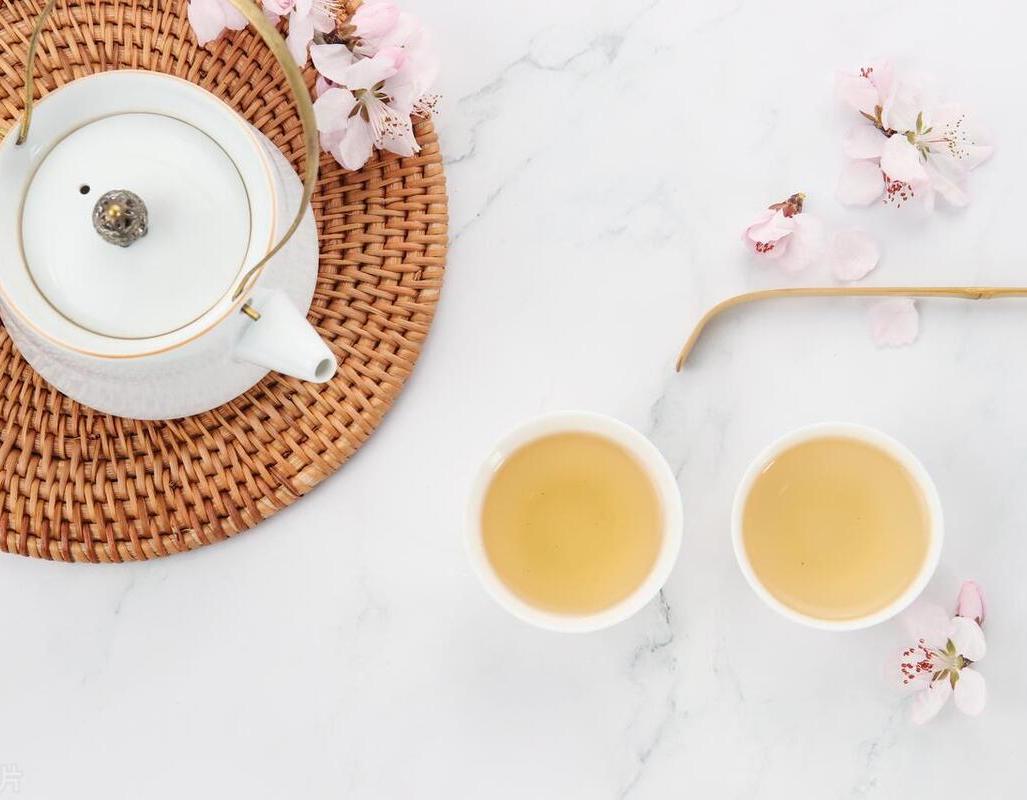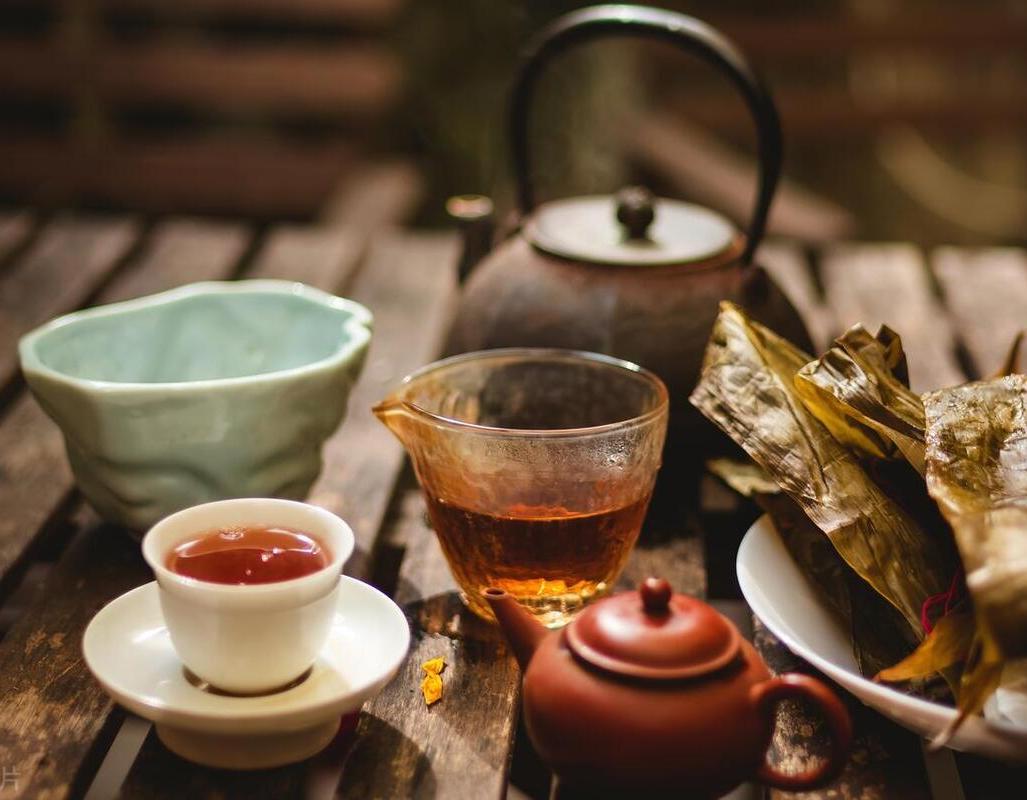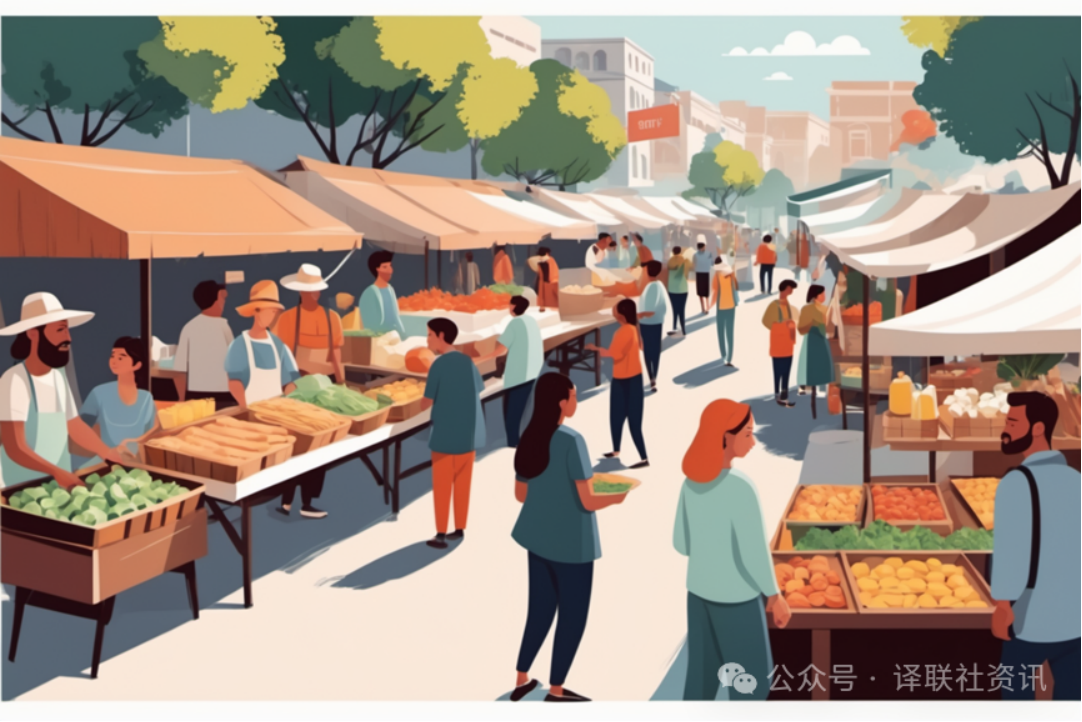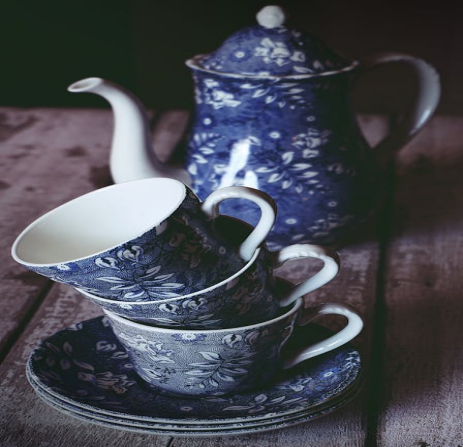The Tea Ceremony and the Tea Ceremony, both of which have their mother in tea culture, are a bit like twins, with the Tea Ceremony focussing on the art of brewing and tasting tea, while the Tea Ceremony focuses more on spirituality and inner cultivation. In the Tang and Song dynasties people on the tea drinking environment, etiquette, operation and other tea drinking rituals have been very careful, there are a number of agreed rules and rituals. Tea banquet has a palace tea party, temple tea party, the literati tea party, these make people tea in the role of cultivating the body and mind also has a fairly deep understanding. Tea ceremonies follow certain laws. In the Tang Dynasty, there were nine difficulties to overcome, i.e., to build, to separate, to make a vessel, to fire, to water, to roast, to end, to boil, and to drink. Song Dynasty, there are three points and three not tea, ‘three points’ for the new tea, sweet springs, clean ware for one, the weather is good for one, the flow of Confucianism and elegance, like-minded guests for one; on the contrary, is the ‘three not’. The Ming Dynasty also had thirteen preferences & seven taboos, etc. Heck, just looking at the numbers makes my head spin. The complex process of the tea ceremony is obviously not suitable for most people today, so more people are willing to ‘focus on the spirit and light etiquette,’ perhaps some people will wonder why the tea ceremony to make it so complicated and complex, in fact, this may be the process of cultivating the body and mind, right. Many people today, because of the environment, pressure, anxiety and fast-paced lifestyle, how long has not stopped, meditate taste and feel life? Take the cooking point of view, some people say they do not know how to do it, so sex takeaway, eat fast food, but people who have learnt to cook know that ‘cooking is not difficult to wash the dishes is difficult’, nowadays it is very difficult for people to be quiet and spend some time to do what they like to do. Therefore, I believe that the act of tea ceremony itself is a meditative process, maybe at the beginning, not a few steps will start to be irritable, but it is also a meditative process. Relax the spirit, quietly listen to the teapot boiling, quietly watch the tea froth, quietly smell the tea spread lungs, quietly taste the tea flavour of the light aroma overflowing, the process of quiet mind, but also the connotation of the tea ceremony. With the spread of culture, the tea ceremony has also spread from its homeland to faraway places, and the Japanese tea ceremony is one of them. The Japanese Tea Ceremony is very much based on the tea ceremony of the Tang and Song dynasties, namely the ordering of tea. The Japanese Tea Ceremony is the ritualised serving of tea to guests in Japan, originally known as ‘chasen’. Towards the end of the 16th century, a man named Chirikyu founded the authentic Japanese tea ceremony, following the spirit of previous tea ceremonies. The words he proposed, ‘Wakyo Seisho’, are simple but rich in meaning. The word ‘qingjing’ refers to the aesthetic of coolness, calmness and idleness; ‘wajing’ indicates the respect for the guests. Throughout the tea ceremony, there are strict rules for everything from the dialogue between the host and guest to the placement of the cups and chopsticks, and even for which hand the tea orderer reaches out, which foot he or she takes first, and which compartment of the tatami mats he or she steps on. It is these different rules that have led to the division of the modern Japanese tea ceremony into more than twenty schools. Some people may say, ‘How can we teach outsiders to develop so well the things of our ancestors, but we have nothing to remember?’ But in fact, if we can develop and grow the tea ceremony, pass it on to different disciples, pass it on to different outsiders, and pass on the same river of culture, in the end, although it scatters out into different tributaries, we all end up returning to the ocean, returning to the same river that we started with. How is it not a prouder thing to be proud of a culture that has allowed others to develop a different flavour? If someone fails to notice the tea ceremony, perhaps it is not because people do not have an impression of the tea ceremony, but perhaps it is because the tea ceremony has flowed into everyone's daily life and blood, which makes people fail to notice it at once. Tea ceremony is meditation, focusing on the spirit and inner cultivation, everyone in the process of tea are practicing their own tea ceremony, people will be integrated into the tea ceremony into daily life, as part of life, but also to let the tea culture for centuries one of the reasons ah. Editor:Zheng Jue Copyright: This article is the original or authorised work of EUP, and any unauthorised reproduction or excerpting of Translation Union's copyrighted works without the authorisation of Translation Union will be investigated by Translation Union in accordance with the law. Any use of the copyrighted works of the Translation Union must be authorised in writing.


WeChat Official Account
Scan and follow on WeChat



